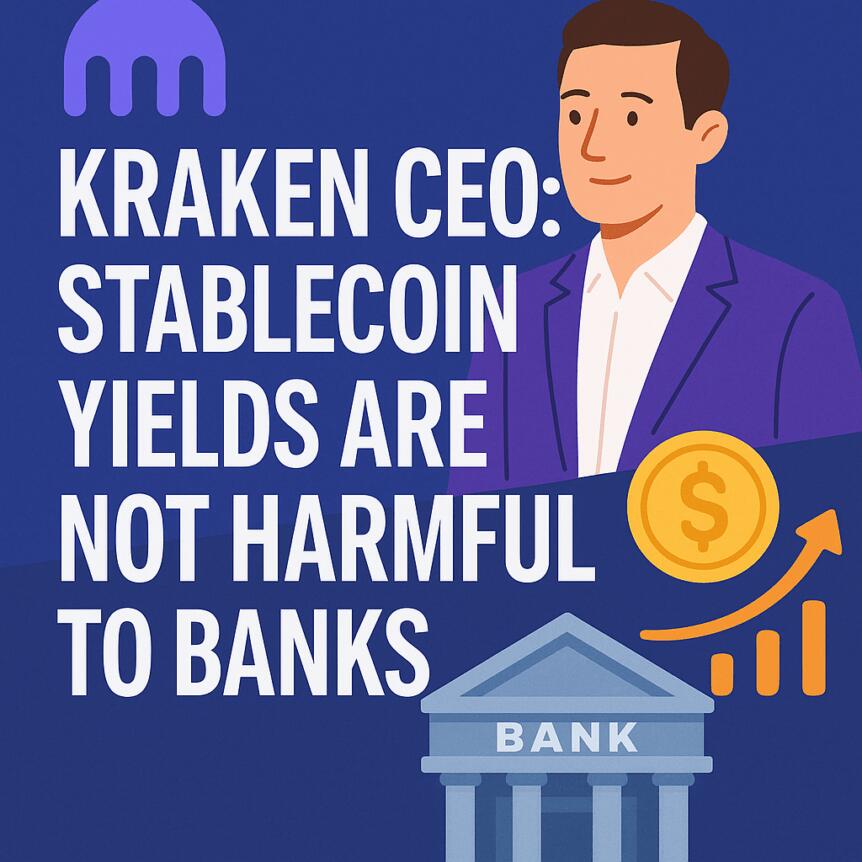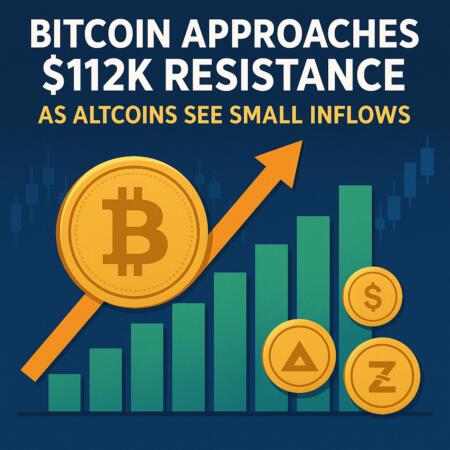Recent clashes between traditional financial institutions and the burgeoning crypto sector highlight the ongoing debate over stablecoin utility, regulatory oversight, and industry innovation. Kraken’s CEO, David Ripley, has publicly challenged assertions from the American Bankers Association (ABA), emphasizing the importance of consumer choice and the transformative potential of decentralized finance (DeFi). As the industry pushes for broader adoption, voices from within crypto are advocating for a shift away from old banking paradigms toward more inclusive financial services powered by blockchain technology.
- Kraken CEO defends interest payments on stablecoins, criticizing banking restrictions.
- Crypto industry aims to democratize financial services, challenging traditional banking models.
- Multi-million dollar stablecoin offerings outperform traditional savings rates, sparking industry debate.
- Regulatory efforts to legitimize stablecoins gain momentum following new legislation in the US.
- Banking barriers persist globally, hindering widespread crypto adoption and market growth.
Kraken CEO Challenges Banking Lobby’s Claims
Kraken CEO David Ripley has responded sharply to Brooke Ybarra, senior vice president of innovation and strategy at the American Bankers Association. Ybarra claimed that allowing crypto giants like Kraken or Coinbase to pay interest on stablecoins would contradict their intended use for payments, not as a store of value. Ripley countered by emphasizing consumer choice and the efficiency of decentralized financial systems.
“A detriment to who?” Ripley questioned. “Consumers should have the freedom to choose where they hold value and the most efficient way to send that value.”
Building a More Inclusive Financial System
Ripley highlighted that traditional banks have long profited from customer assets without passing on benefits, asserting that the crypto sector is working toward democratizing access to financial services. “We are building toward something else — a system where services once reserved for the wealthy are accessible to everyone,” he said.
“We are building toward something else — a system where services once reserved for the wealthy are accessible to everyone.”
Other industry voices agree. Dan Spuller of the Blockchain Association stated, “Big banks are targeting crypto exchanges like Coinbase and Kraken to protect their turf,” adding that competition is driving industry innovation.
Some stablecoins now offer yields of up to 5% on certain platforms, significantly surpassing the USA’s average savings rate of 0.6% and even outperforming the highest rates available via traditional banks, which top out around 4%.
Solana developer Voss welcomed the competition, stating, “Bring on the competition, it’s a capitalist world anyway.”
These developments come amid growing regulatory momentum. The recent signing of the GeniuS Act by U.S. President Donald Trump signals an effort to establish a clear legal framework for stablecoins, paving the way for mainstream adoption.
Crypto Challenges Traditional Banking Globally
Beyond the U.S., tensions persist. Haun Ventures’ Diogo Monica pointed out that many stablecoins are backed by secure reserves, such as US Treasury bills or assets held at systemically important banks, arguably making them safer than traditional bank deposits.
Meanwhile, international markets face their own hurdles. A Binance Australia survey revealed ongoing banking barriers hindering crypto adoption, with industry leaders emphasizing that easier access to financial services is crucial for market trust and growth.
Ultimately, the ongoing push for crypto integration signals a transformative shift in the financial landscape, driven by innovation, competitive rates, and evolving regulatory structures. The industry continues to challenge the dominance of traditional banking by offering more accessible, efficient options for a global user base.



